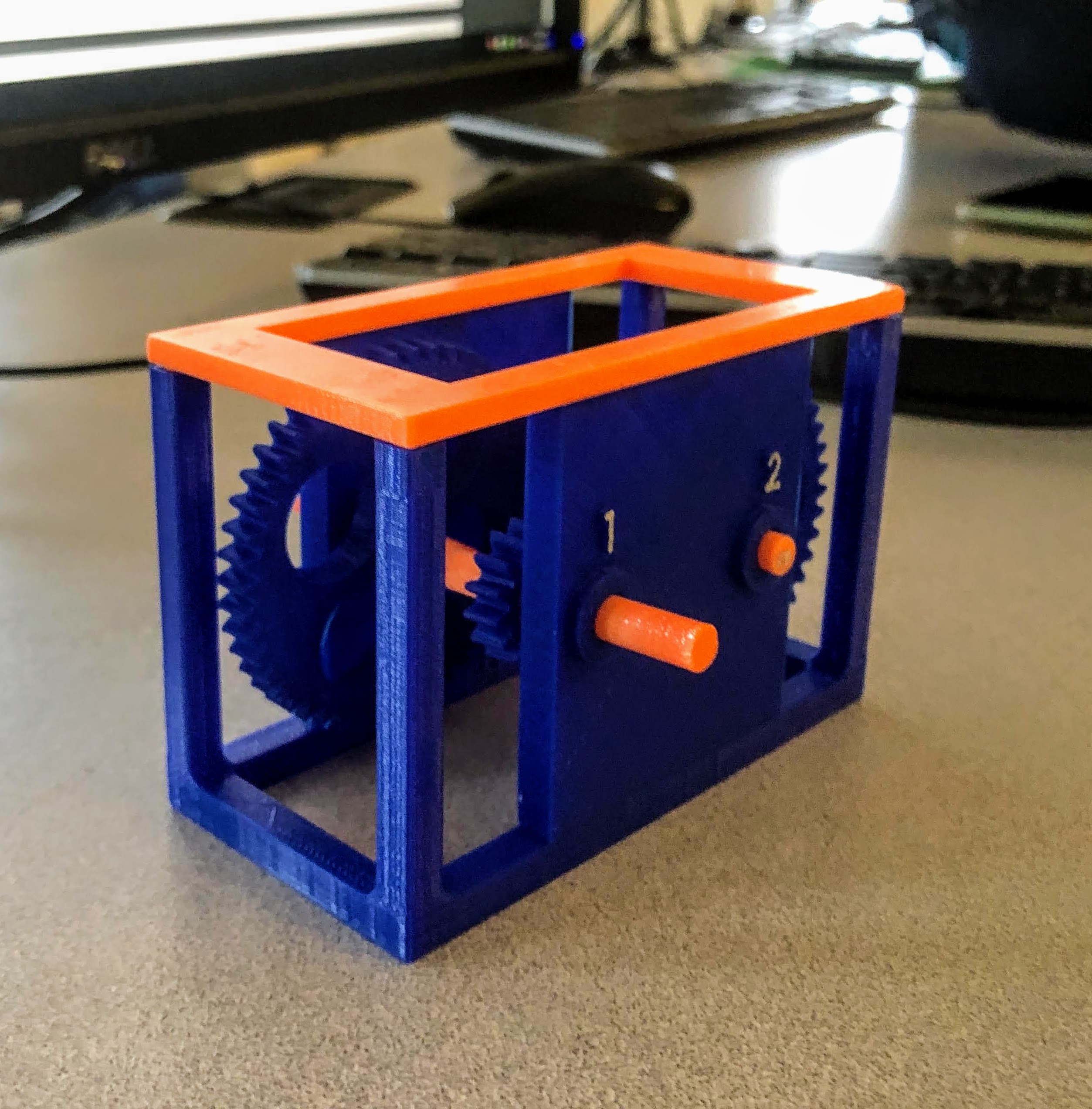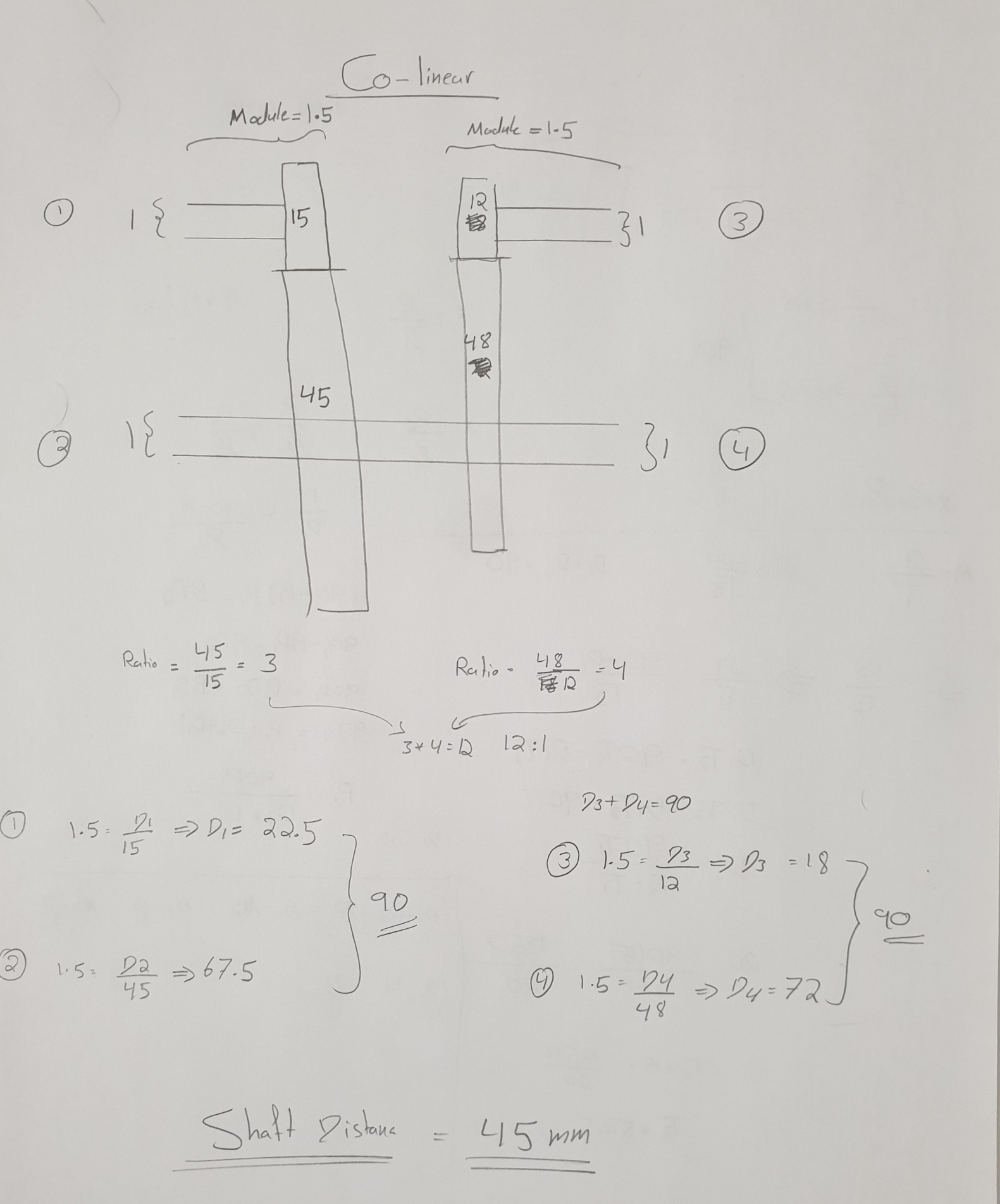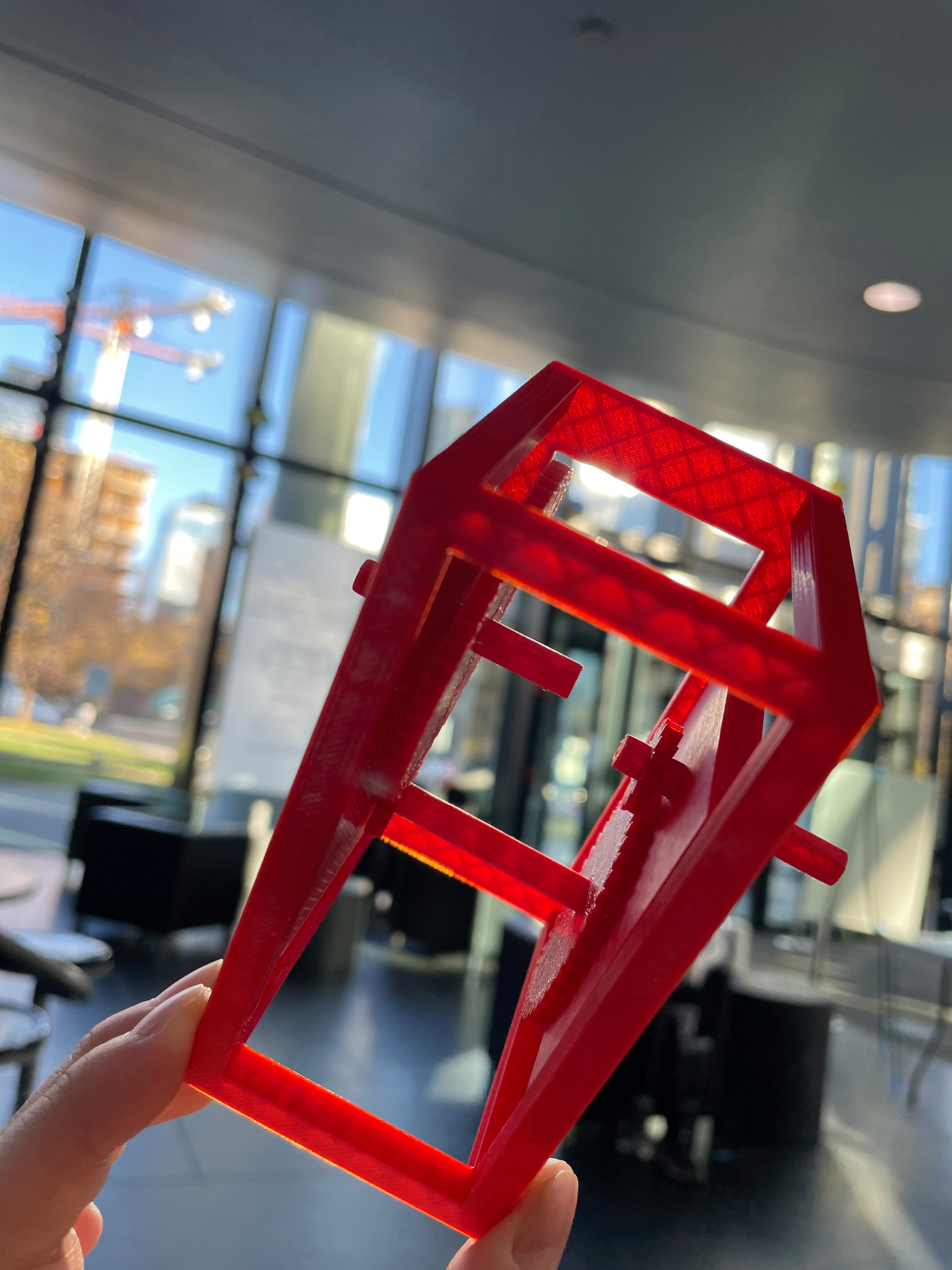
Designing a Gearbox
The gearbox was a part of the Mechanical Engineering Design, MIE243, course assignment. The purpose of this assignment was to design a gearbox from scratch and use 3D printing to manufacture it. Throughout the fall semester of 2021, we learned to use SolidWorks to either replicate other designs or modify them; this assignment being the last was about the complete engineering process from design to manufacturing. The amount of lessons learned from this project is inconceivable for me.
What did I learn?
- Fast prototyping over perfectionism
- The first prototype never works
- Healthy teamwork leads to great ideas
- I have a strong imagination
- I love being rigorous during idea generation
- I enjoy CAD
Firstly, we started considering various options to achieve a colinear gearbox with a 12:1 ratio. The options included parallel gear design with spur, helical, or herringbone, and also planetary gears. As a group, we decided to go with spur gears due to the limitations we had with SolidWorks Toolbox capability and the time constraint of the assignment.
 The calculations I did relating to gear ratios, teeth, and centre to centre distance to achieve the colinear design
The calculations I did relating to gear ratios, teeth, and centre to centre distance to achieve the colinear design
Then, I began to do various calculations to achieve the specifications we had set. The initial calculations were able to achieve the 12:1 ratio but not the colinear design. However, by doing some iterations and changing teeth numbers I was able to overcome it.
Next, I designed the gears with SolidWorks. SolidWorks has a toolbox feature where gears can be created with specific parameters. When the other team members finished the housing and shaft we began to 3D print our first iteration.

First Iteration:
 First iteration of the gearbox
First iteration of the gearbox
The first iteration of the gearbox had huge issues. Including:
- The shaft tolerance was too much, this caused the gear to slide over the shaft.
- The components were very small due to scaling the whole design by 60%. We had to do this due to the 6-hour printing constraint.
- Assembly was non-intuitive.
- Design was not colinear due to the wrong calculations I made.
- The shafts were sliding and falling over since there was no restriction
Second Iteration:
 Second iteration of the gearbox
Second iteration of the gearbox
The second iteration solved some issues, however, these issues persisted:
- Too much tolerance and the gear was sliding over the shaft.
- The labeling on the components was not able to print properly since they were to thin.
Final Iteration:
 Final iteration of the gearbox
Final iteration of the gearbox
This iteration solved almost all the issues. The tolerance was a persistent issue during the other iterations and including this one. Luckily, the shafts from the second iteration were a perfect match for the gears in the final iteration, with some sanding required.
Labeling all the components was my greatest idea. I was able to print all of them during the final iteration. This helped to make the instructions clearer which I will explain later.
IKEA Instructions:
 The IKEA instructions using SolidWorks Composer
The IKEA instructions using SolidWorks Composer
I handled the full responsibility of creating the assembly instructions. I created the instructions with SolidWorks Composer; a program I had no experience with before this and I was able to learn it in 2 hours. I am very glad how the results turned out for the instructions since it was exactly what the instructors where looking for.
